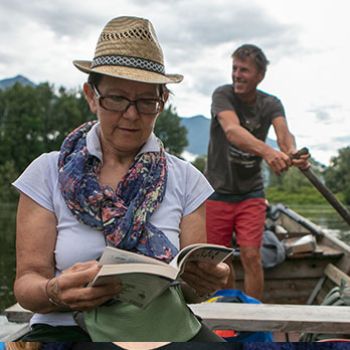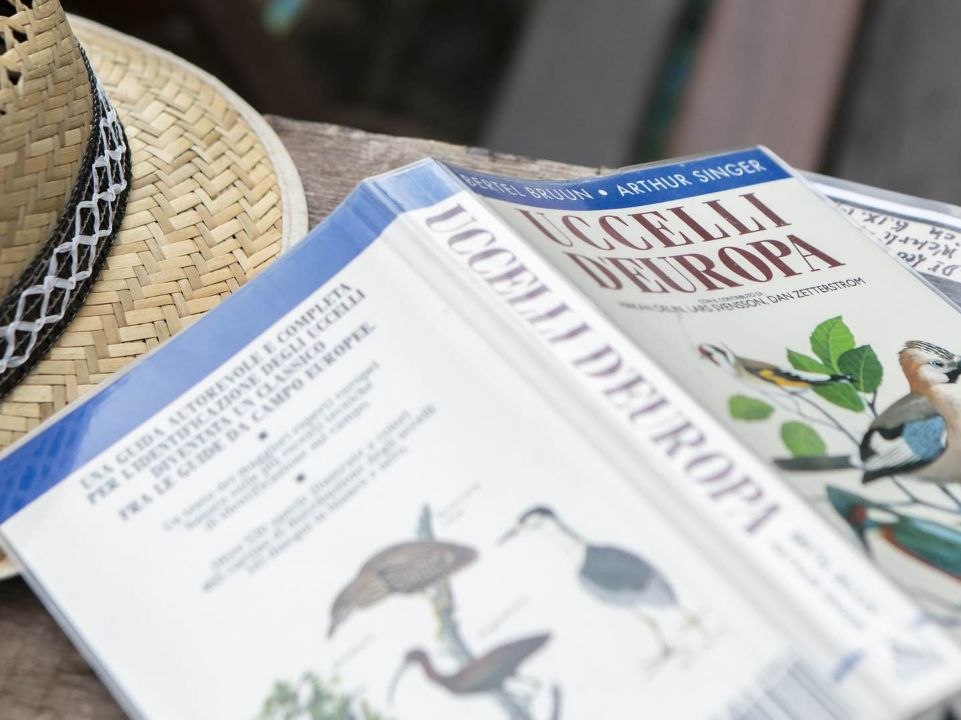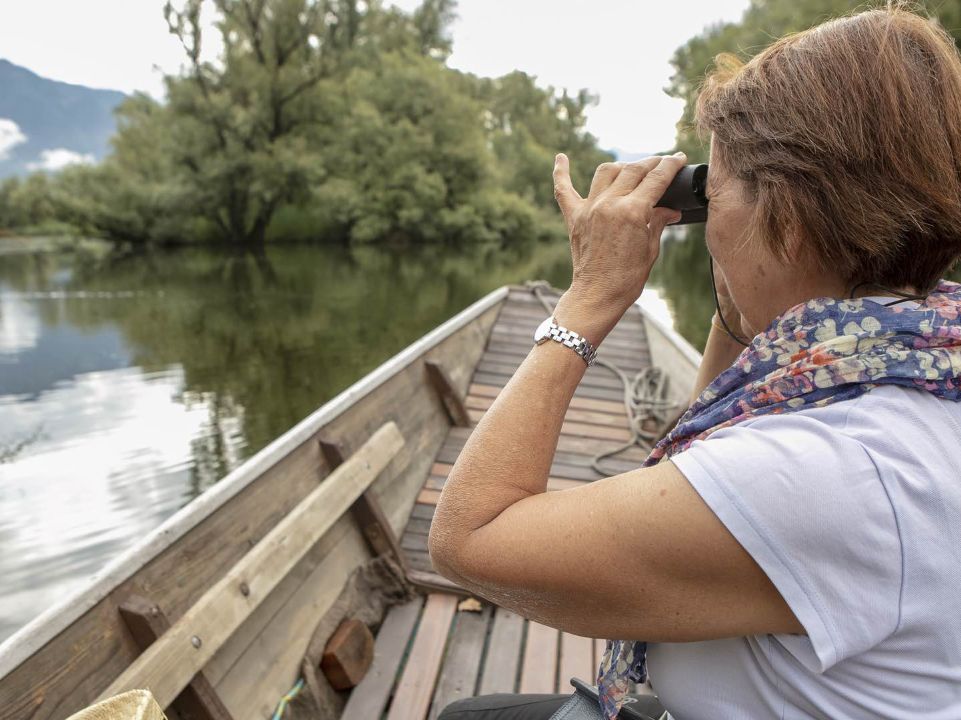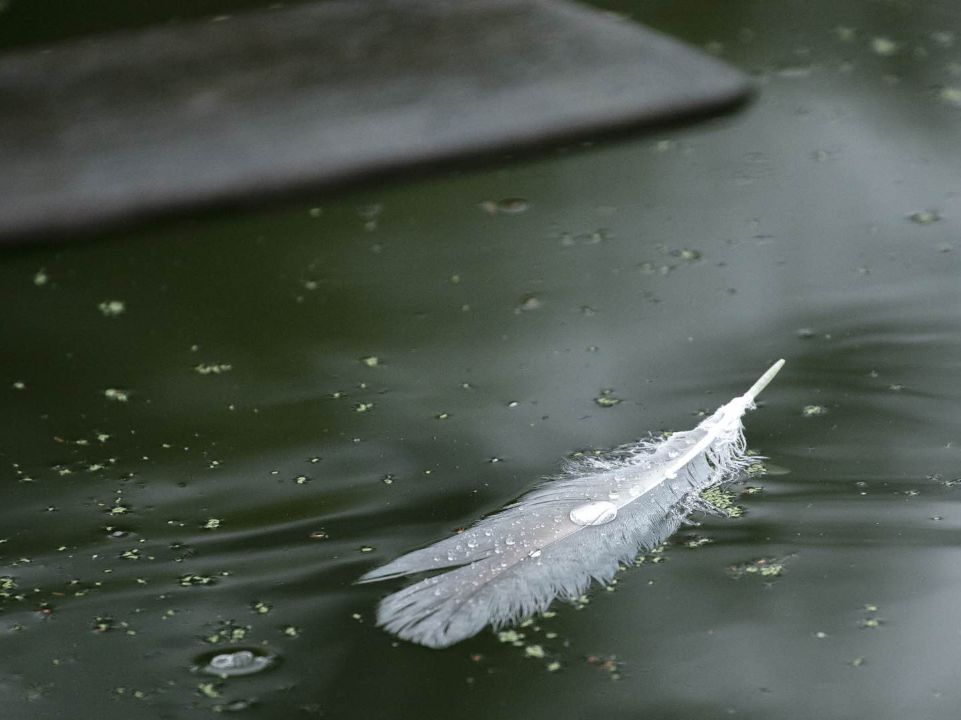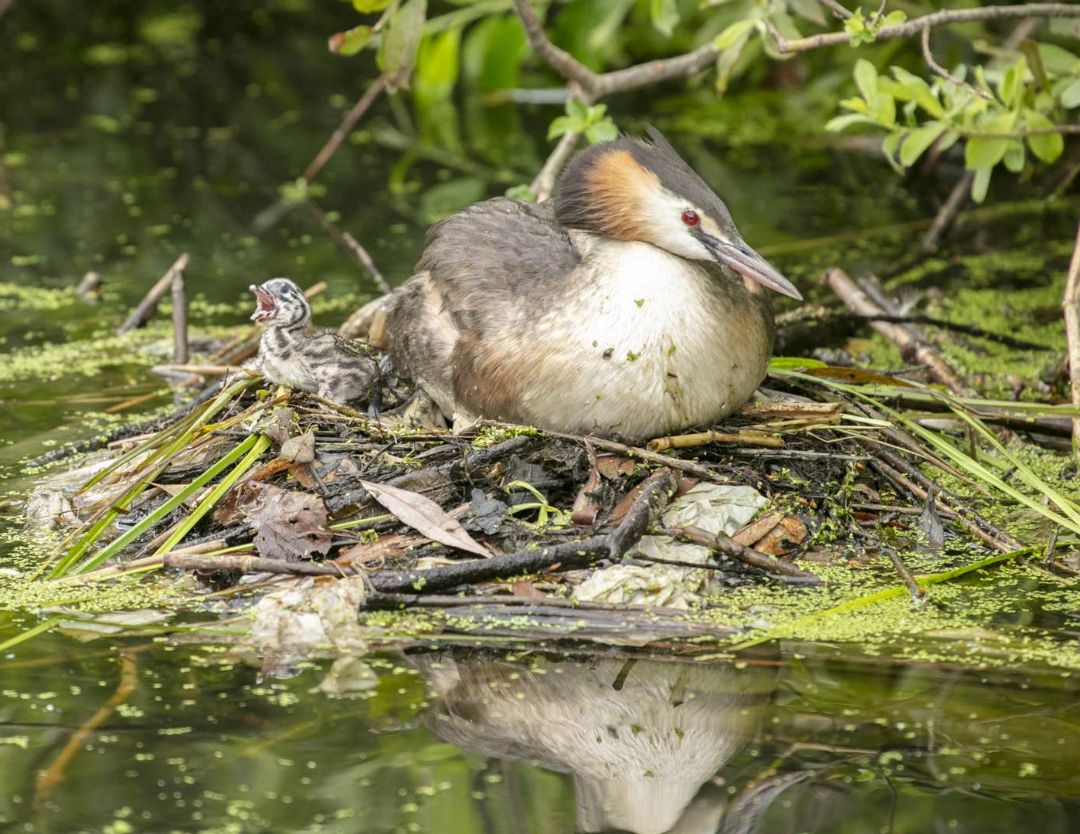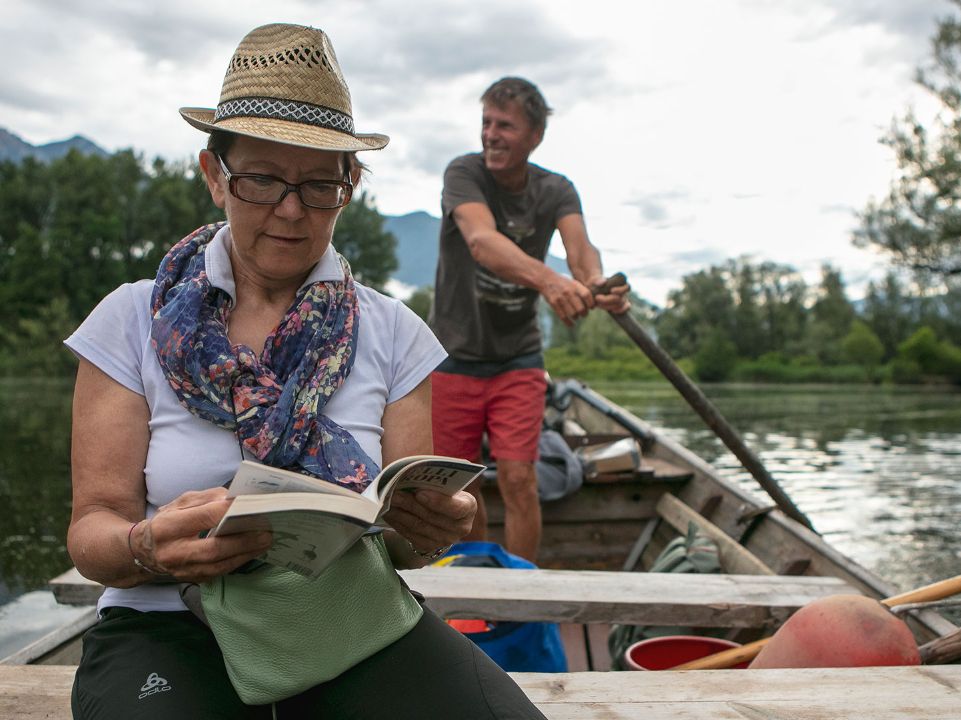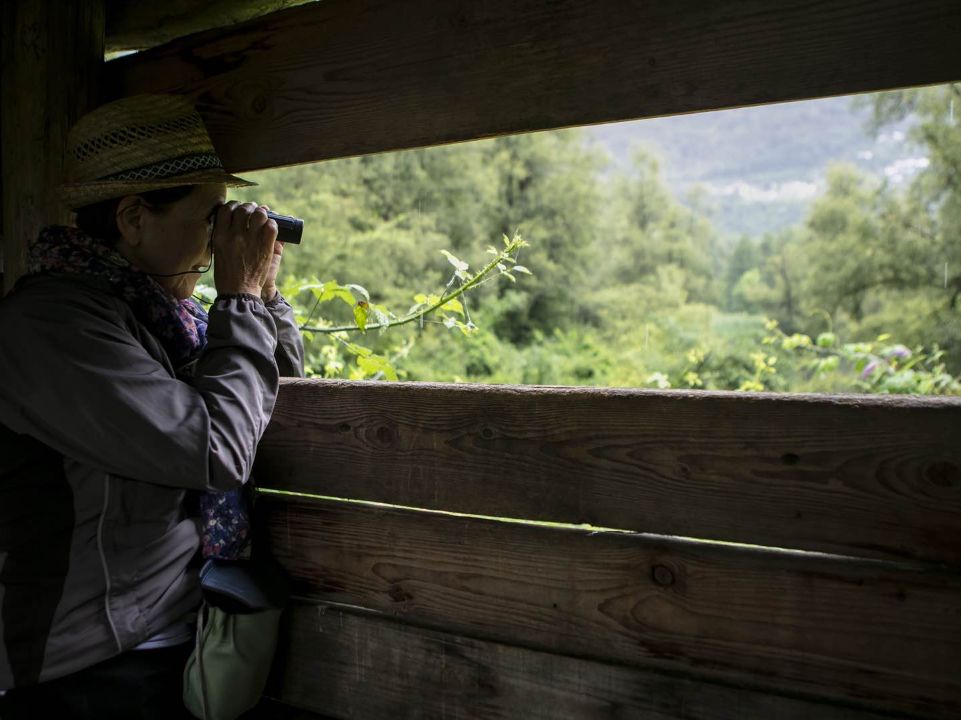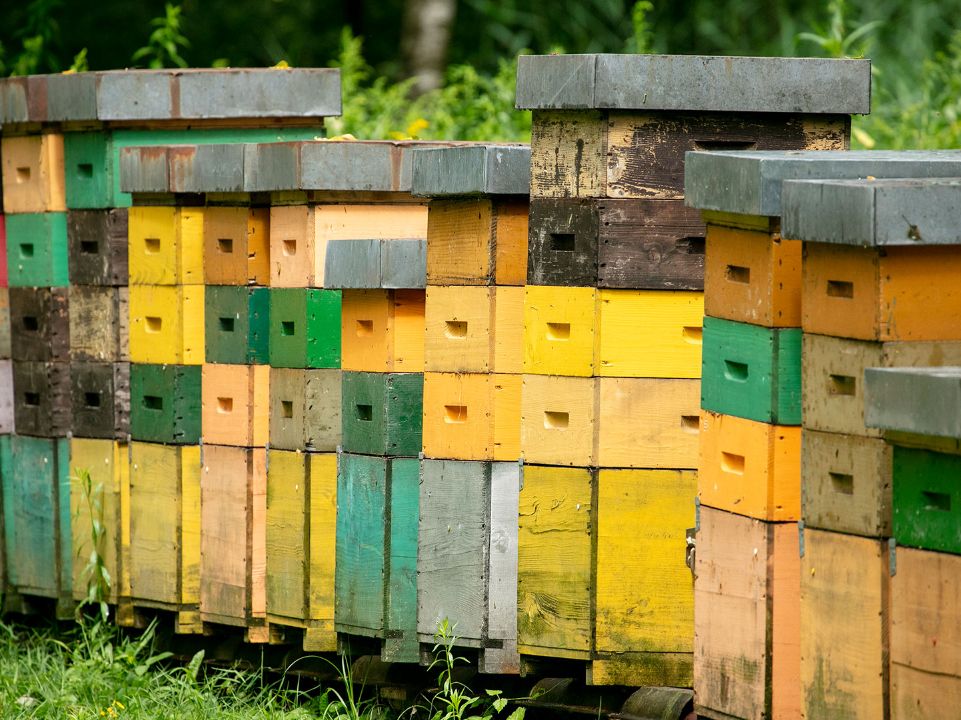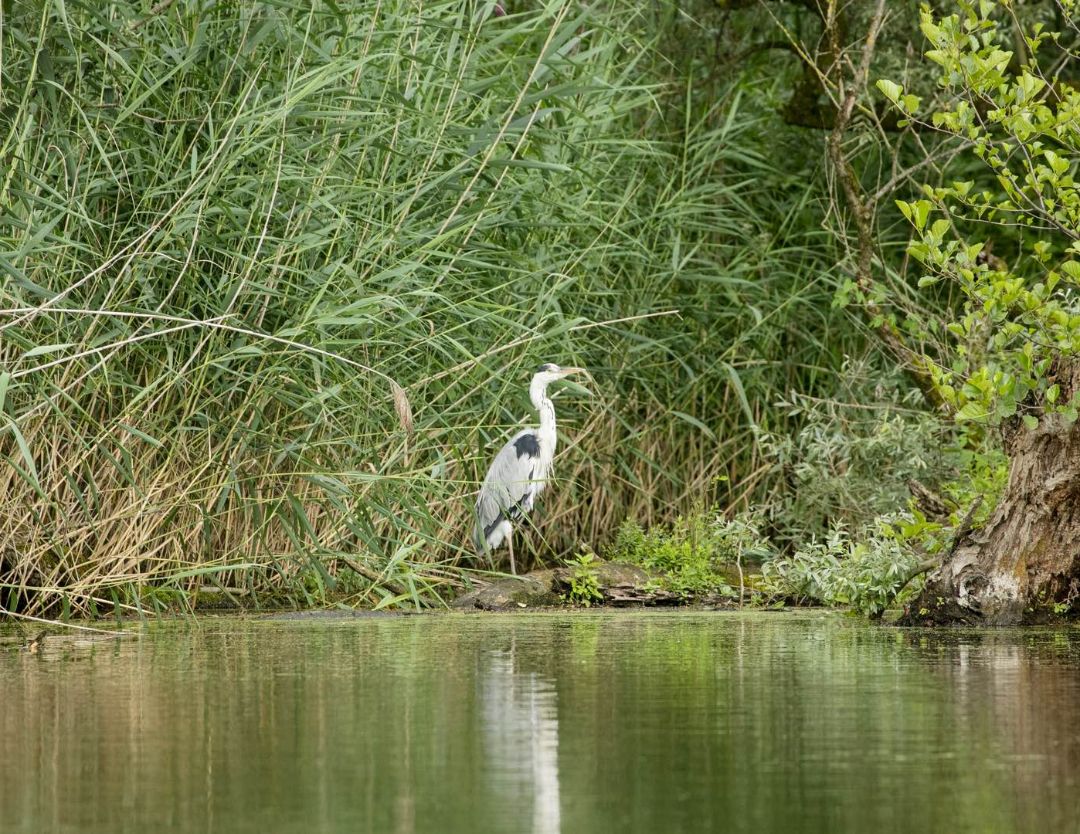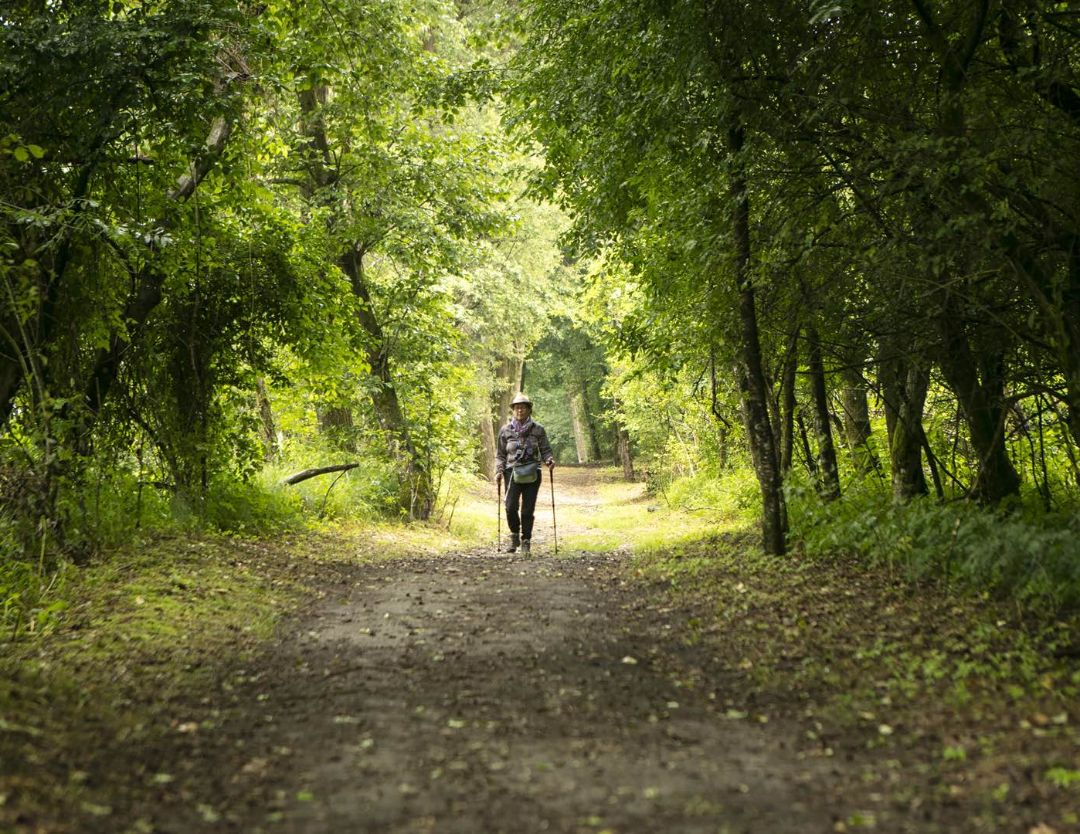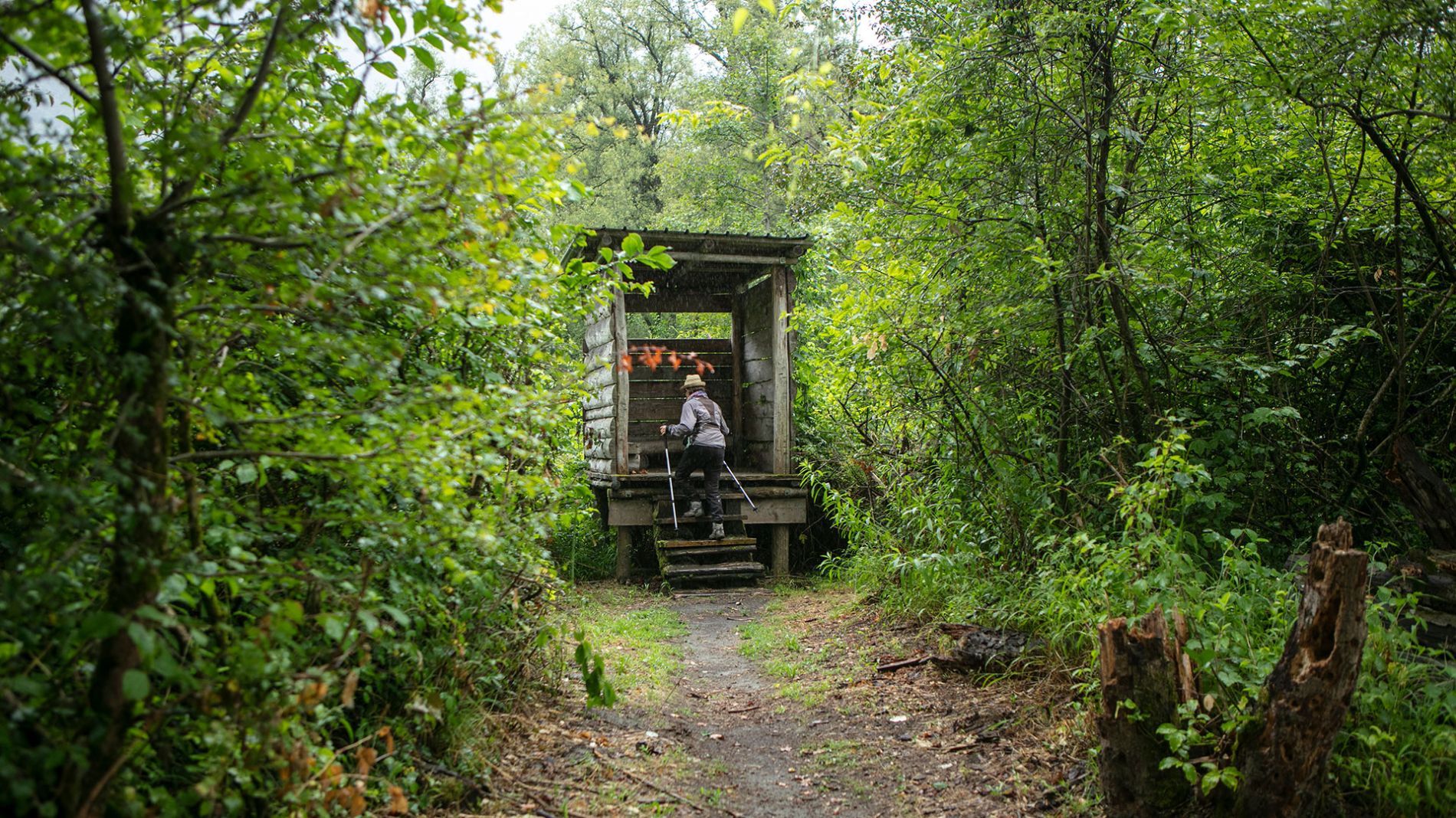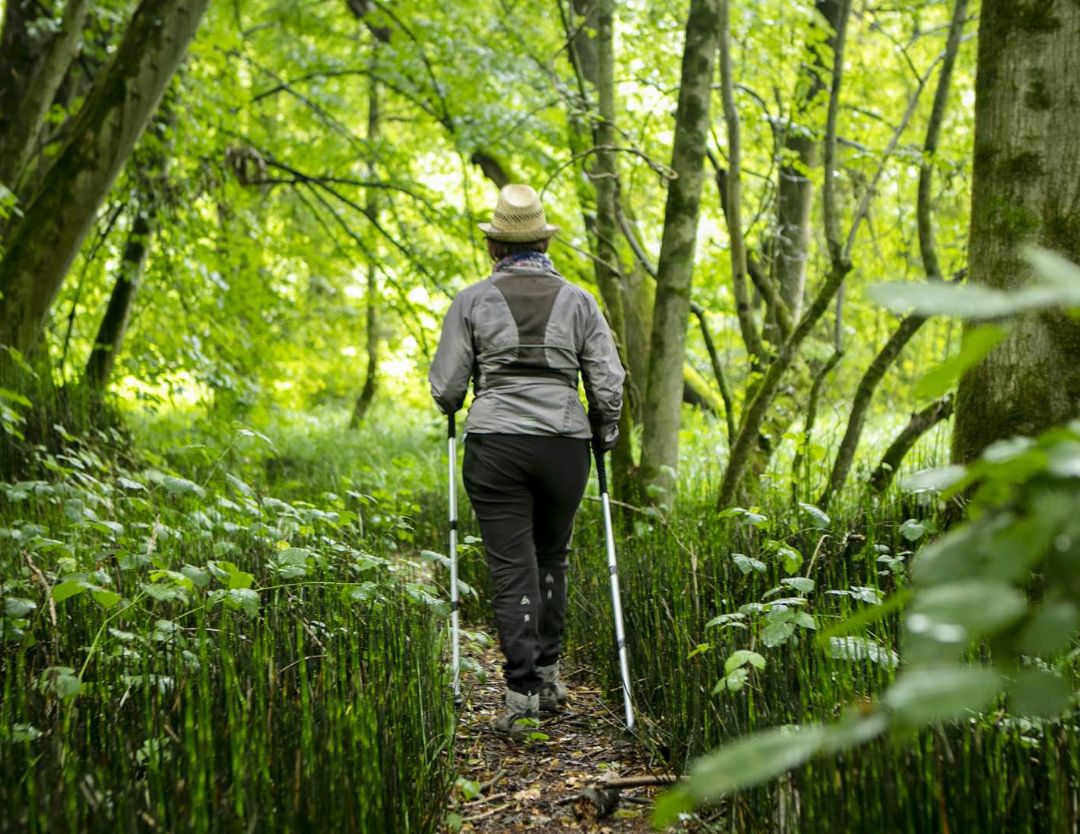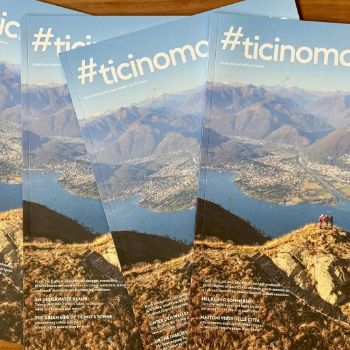Fabrizia went there on school trips, she looked at them with her children from the beach at the lido in Magadino and now she is heading in to explore them aboard Marco’s little boat. The Bolle di Magadino resemble a service station for migratory birds. This unique and surprising natural landscape is just a short distance from Locarno.
THE CHARACTER
Fabrizia Girò, fascinated by the Bolle di Magadino
I love the mountains, I love walking and exploring and I have been discovering Ticino on my walks for almost 20 years.

